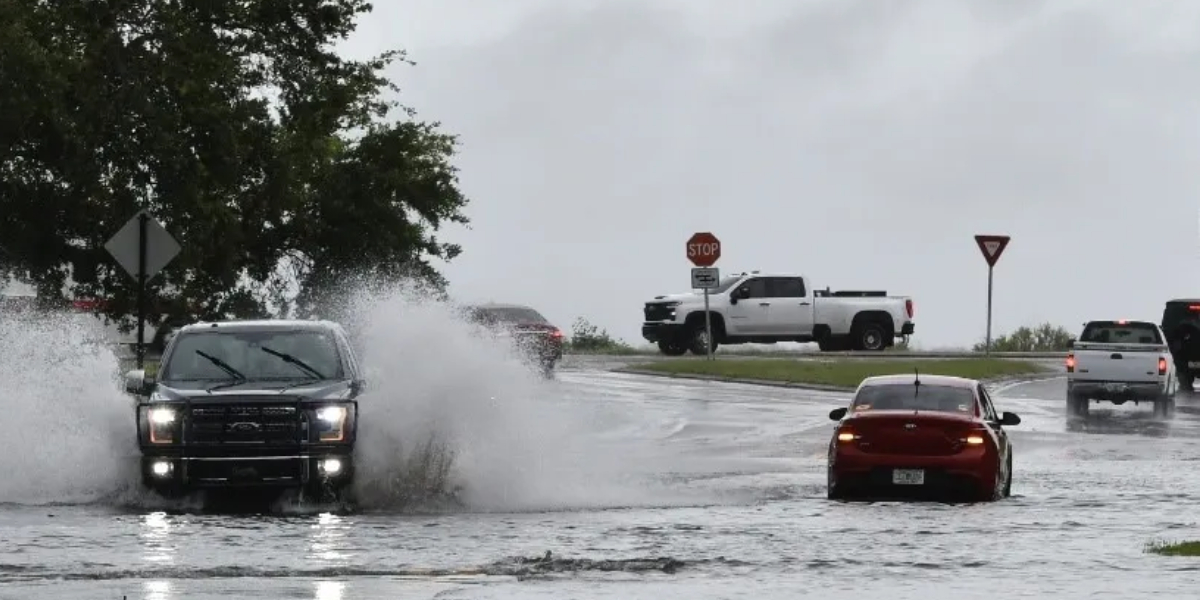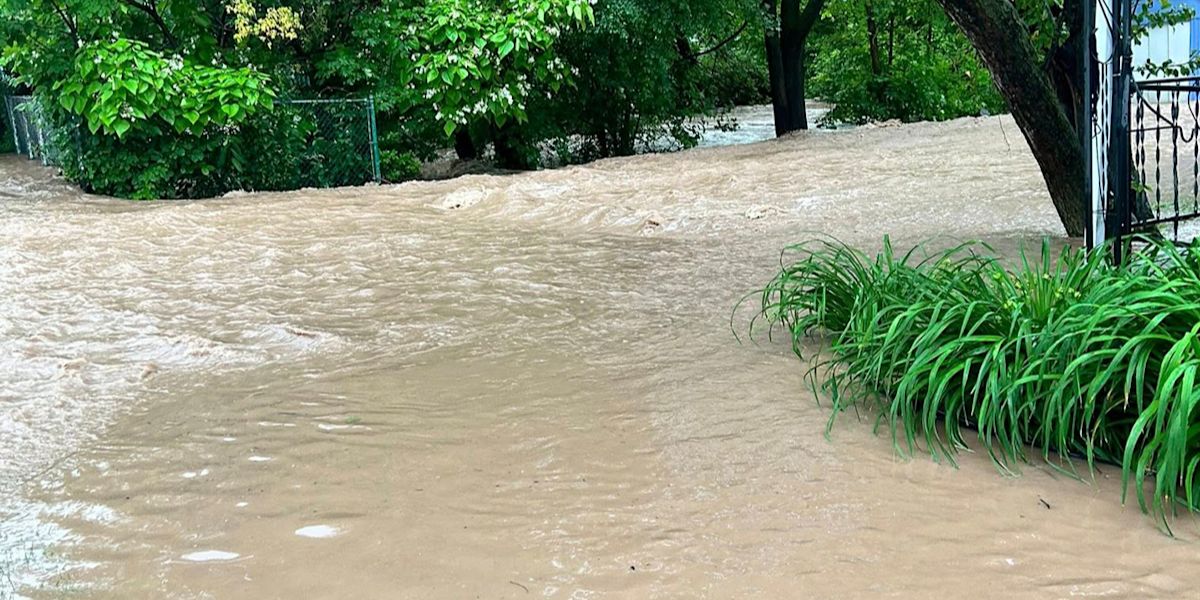Over the weekend, severe storms pounded the southern United States, causing extensive power outages in several states, two fatalities, and a trail of destruction.
Hundreds of thousands of people were affected by the storms, which moved from Texas to South Carolina and carried with them destructive winds, a lot of rain, big hail, and several tornado warnings.
As of Sunday morning, around 150,000 customers in the South remained without power, according to the storm tracking website PowerOutage.us.
As the storms released strong wind gusts and continuous rain, reports of fallen trees and downed powerlines spread across the region.
Tragedies occurred in Georgia and Mississippi, where state authorities verified that two people had died as a result of falling trees.
According to Mississippi Governor Tate Reeves, a tree fell on a car in Lafayette County, killing one person. The severity of the weather system passing across the region was highlighted by the many tornado warnings the National Weather Service (NWS) issued for northern Mississippi on Saturday.
Governor Brian Kemp of Georgia confirmed a second death. The deceased died in Banks County after a tree fell on a car during the storm on Saturday night, according to the Georgia Emergency Management Agency.
To evaluate the damage and help individuals impacted, emergency response teams from all throughout the state were called in.
The NWS also reported that an EF-1 tornado made landfall in Van Buren, a city in the western portion of Arkansas, on Friday.
Multiple residences were damaged by the storm, and at least one person was hurt. Even though they are classified as moderate tornadoes, EF-1 tornadoes can nevertheless seriously damage structures since their wind speeds range from 86 to 110 miles per hour.
Read Also: Brooklyn’s Legendary Skate Spot Makes Comeback After 15-Year Hiatus
Forecasters cautioned that between Sunday night and Monday, further severe weather is predicted to affect areas of the Deep South and the southern Plains.
The regions most at risk were northern Texas and southwest Oklahoma, according to the National Weather Service.
Destructive wind gusts of up to 100 miles per hour, hail up to five inches in diameter, and the formation of a few tornadoes are all possible, according to meteorologists.
As further severe weather threatens, residents in at-risk areas are encouraged to keep weather-aware, pay attention to official alerts, and have emergency plans in place.



